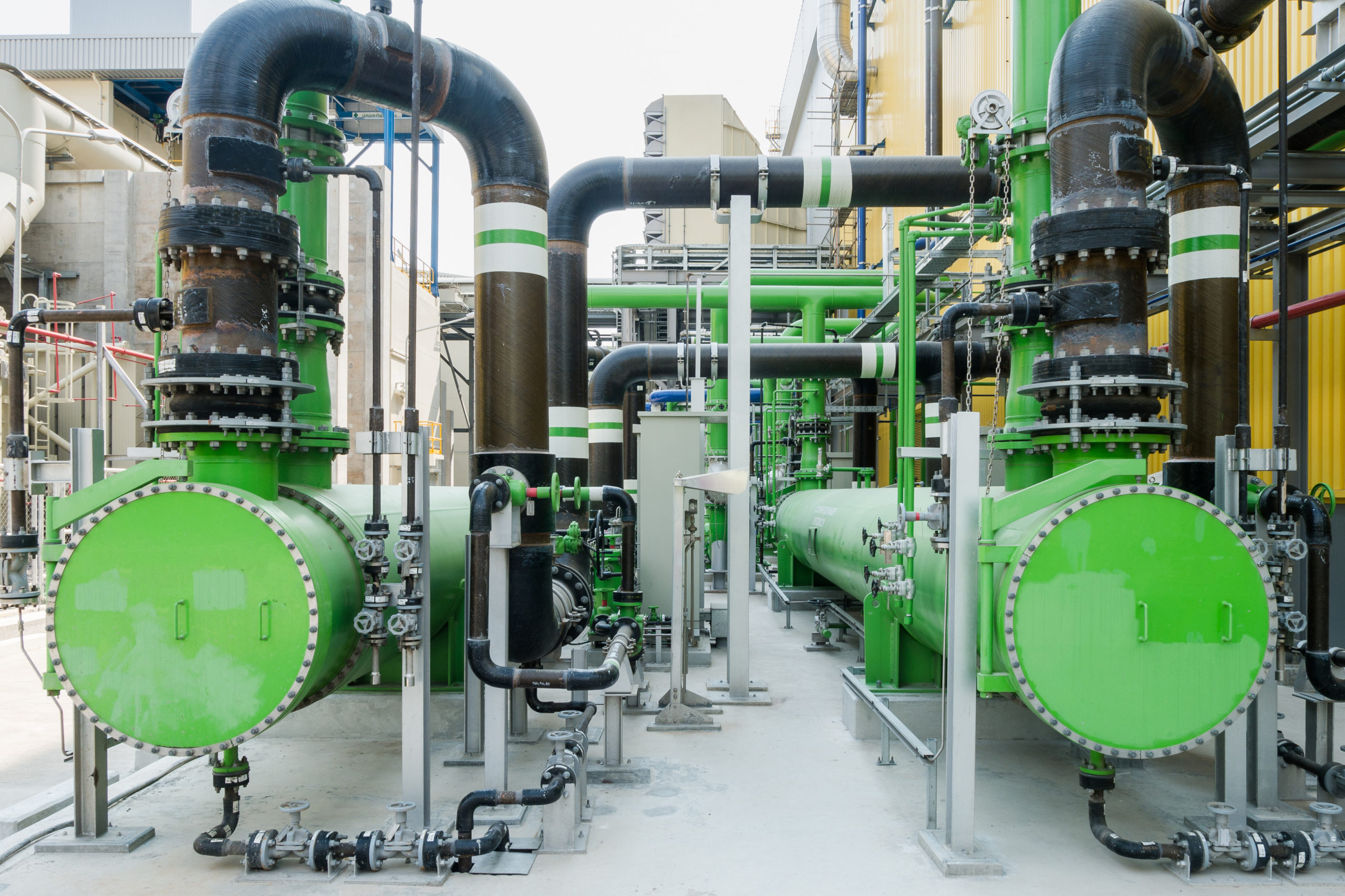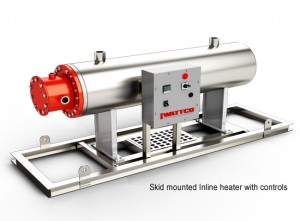Chemical/Process Industry Documentation
Last updated on January 9th, 2023 at 08:23 pm
 In chemical and processing industry, without proper heating controls, there could be problems such as poor production yield, inefficient energy use, slow down process, and nevertheless safety concerns. Most of the modern chemical processes are in large-scale production and when there are events of equipment failure during the operation, it would be difficult to recover the losses. Improper heating control would cause a final product to degrade or to yield undesired properties, and generally these results are non-recoverable and very expensive to repair. However, the use of electric immersion heaters is presently increasing because of their cost efficient profile and high heat transfer performance. Immersion heaters are designed to use for most common industrial application. Examples of use include water treatment system, food processing, chemical storage, tank heating, etc. Many chemical processes require a process heater in order to obtain the required temperature before introducing to a chemical reaction. For example, in ammonia synthesis production, a high temperature of 575 °F to 1000 °F is required before introducing into the conversion reactor with the purpose of maintaining a consistent chemical equilibrium in order to maximize the ammonia product yield [1]. In order to achieve this objective, a start-up process heater is required. A shell-and-tube type heat exchanger could be ideal for the process because of its capability to obtain high heat transfer under start-up condition. The problem is the difficulty to obtain a heat-exchanging source or a pipeline during the start-up operation. In this case, a circulation immersion heater can be used instead of the heat exchanger given that the only required utility is the electric power source.
In chemical and processing industry, without proper heating controls, there could be problems such as poor production yield, inefficient energy use, slow down process, and nevertheless safety concerns. Most of the modern chemical processes are in large-scale production and when there are events of equipment failure during the operation, it would be difficult to recover the losses. Improper heating control would cause a final product to degrade or to yield undesired properties, and generally these results are non-recoverable and very expensive to repair. However, the use of electric immersion heaters is presently increasing because of their cost efficient profile and high heat transfer performance. Immersion heaters are designed to use for most common industrial application. Examples of use include water treatment system, food processing, chemical storage, tank heating, etc. Many chemical processes require a process heater in order to obtain the required temperature before introducing to a chemical reaction. For example, in ammonia synthesis production, a high temperature of 575 °F to 1000 °F is required before introducing into the conversion reactor with the purpose of maintaining a consistent chemical equilibrium in order to maximize the ammonia product yield [1]. In order to achieve this objective, a start-up process heater is required. A shell-and-tube type heat exchanger could be ideal for the process because of its capability to obtain high heat transfer under start-up condition. The problem is the difficulty to obtain a heat-exchanging source or a pipeline during the start-up operation. In this case, a circulation immersion heater can be used instead of the heat exchanger given that the only required utility is the electric power source.
 A circulation heater operates similar to a shell and tube heat exchanger. The electric heater consists of a screw plug or a flanged heater enclosed in a well-insulated vessel. The fluids enter from the inlet nozzle and the medium is forced to travel around the vessel under a pre-set temperature until they exit from the outlet nozzle. In addition, an immersion heater requires fewer configurations and excludes the requirement of an external process line, which may also require additional tubing material considerations depending on the chemical properties. Circulation heaters are not limited to liquid application but they can also be used as gas heaters. The circulation immersion heaters manufactured by WATTCO™ are ideal to use for this type of process. It is a common procedure that a process requires the intermediate or final chemical product to be stored in a vessel or a tank. However, certain chemicals cannot be stored under ambient air temperature because of the product’s nature and physical properties. Storing a product in a tank, especially for gas, under improper temperature control will potentially cause heat instability, chemical degradation or yielding an undesired side reaction over time. Immersion flange heaters provide effective tank heating for gas or liquid while minimizing potential heating issues. Alternatively, a screw plug immersion heater can be installed for smaller tank application in addition to the enhanced heat control for temperature sensitive liquid. A flanged heater consists of a bundle of multiple tubular heating elements welded on a steel flange. The tubular heating elements are immersed and submerged under the medium near the bottom of a tank. As a tank heater, a convective current is created across the sheath immediately after the heater is initiated and after the desired temperature is set. This natural convective current from the heating elements will spread uniformly around the medium. Depending on the nature of the chemical of the heated tank, a variety of parameters, such as the sheath material or temperature range, will be considered for the selection. In addition to our wide selection of standard immersion heater models, our electric heaters can also be custom designed to suit your target application in order to maximize the productivity of your desired product. Additional heat control system can also be added for the enhancement of the tank heating. The selection of control panels, thermostats and various terminal enclosures from WATTCO™ are excellent addition for improving and facilitating the heating control for all standard or customized electric immersion heaters. REFERENCES [1] Ammonia Synthesis Information
A circulation heater operates similar to a shell and tube heat exchanger. The electric heater consists of a screw plug or a flanged heater enclosed in a well-insulated vessel. The fluids enter from the inlet nozzle and the medium is forced to travel around the vessel under a pre-set temperature until they exit from the outlet nozzle. In addition, an immersion heater requires fewer configurations and excludes the requirement of an external process line, which may also require additional tubing material considerations depending on the chemical properties. Circulation heaters are not limited to liquid application but they can also be used as gas heaters. The circulation immersion heaters manufactured by WATTCO™ are ideal to use for this type of process. It is a common procedure that a process requires the intermediate or final chemical product to be stored in a vessel or a tank. However, certain chemicals cannot be stored under ambient air temperature because of the product’s nature and physical properties. Storing a product in a tank, especially for gas, under improper temperature control will potentially cause heat instability, chemical degradation or yielding an undesired side reaction over time. Immersion flange heaters provide effective tank heating for gas or liquid while minimizing potential heating issues. Alternatively, a screw plug immersion heater can be installed for smaller tank application in addition to the enhanced heat control for temperature sensitive liquid. A flanged heater consists of a bundle of multiple tubular heating elements welded on a steel flange. The tubular heating elements are immersed and submerged under the medium near the bottom of a tank. As a tank heater, a convective current is created across the sheath immediately after the heater is initiated and after the desired temperature is set. This natural convective current from the heating elements will spread uniformly around the medium. Depending on the nature of the chemical of the heated tank, a variety of parameters, such as the sheath material or temperature range, will be considered for the selection. In addition to our wide selection of standard immersion heater models, our electric heaters can also be custom designed to suit your target application in order to maximize the productivity of your desired product. Additional heat control system can also be added for the enhancement of the tank heating. The selection of control panels, thermostats and various terminal enclosures from WATTCO™ are excellent addition for improving and facilitating the heating control for all standard or customized electric immersion heaters. REFERENCES [1] Ammonia Synthesis Information
